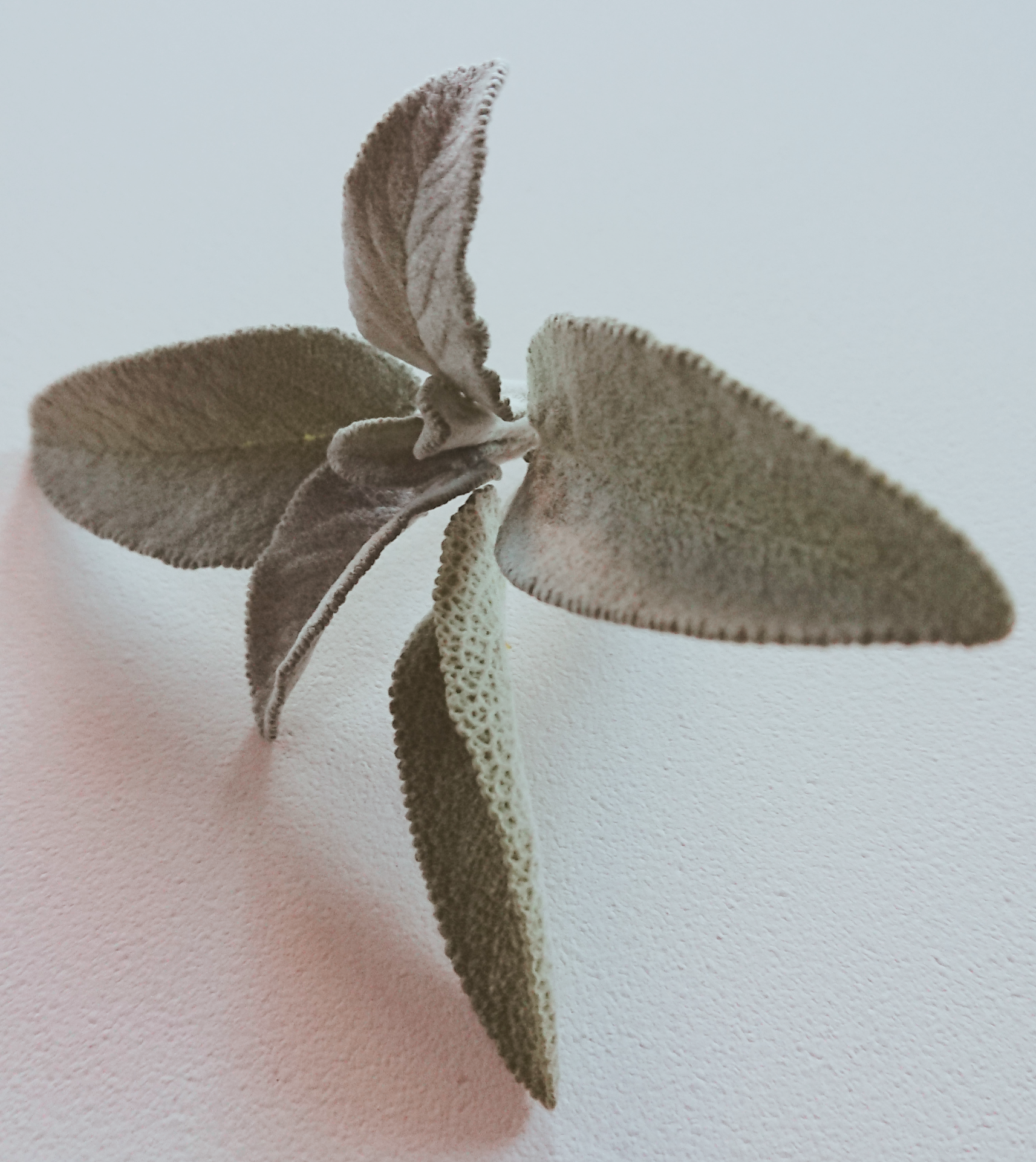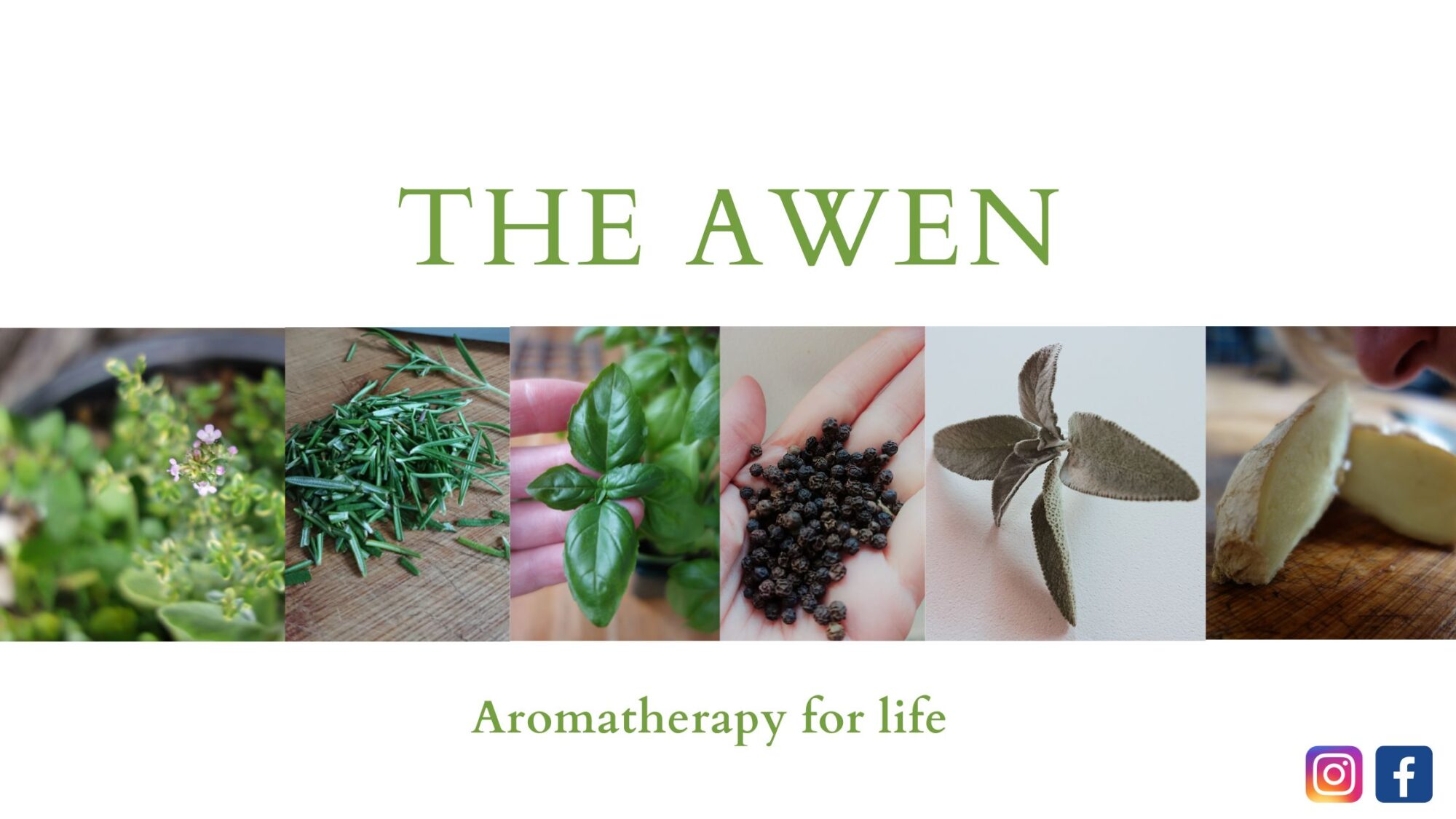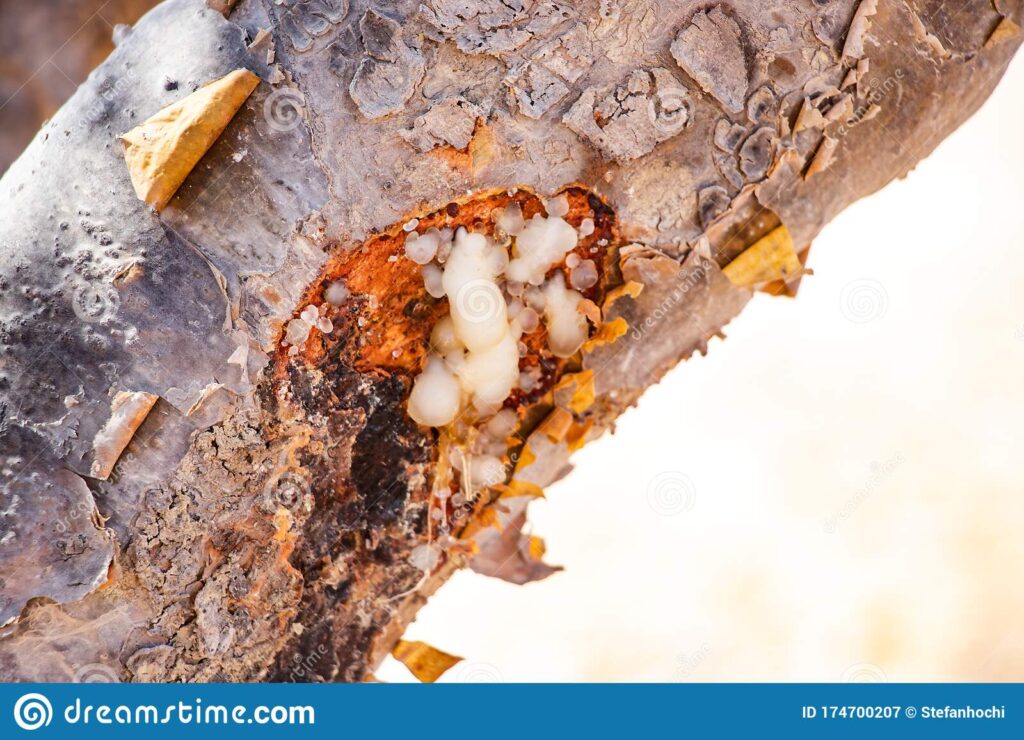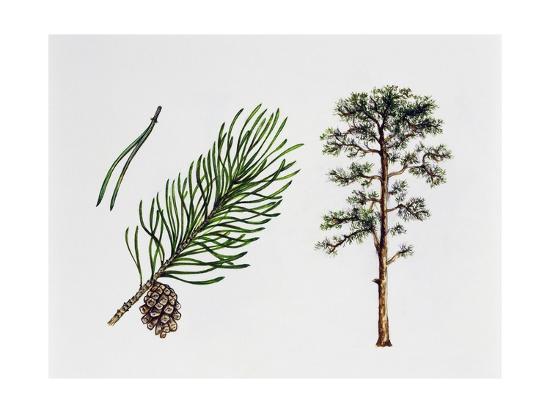
Distilled from the flowering herb, Sage has long been seen as a miracle plant. The word ‘Salvare’ means to heal, to save and was used frequently by the Romans and throughout the middle age as a nerve tonic relieving nervousness, tension, stress as well as aiding concentration. It is rich in keytones therefore should be used with caution as it can accumulate or build up within the body and so should be used in very small amounts.
Having said that, it has excellent therapeutic benefits. For example, it is clarifying which can positively impact unbalanced or infrequent menstruation periods as it stimulates hormones and can clear a ‘menstrual obstruction’. It relieves other PMS symptoms such as headaches, tiredness, mood swings and depression. Other therapeutic benefits include anti inflammatory, antiseptic, expectorant (clearing out sinuses, fevers, flu) and anti spasmodic relieving coughing and cramps. It soothes and calms digestion helping neutralise acids in the stomach and bloodstream, relieving hiccups and colic.
A top note oil, Sage has a spicy, warm and minty aroma. I like to use it in my skin care routine diluted in a moisturiser (1% blend) as its antioxidant properties are known to aid the regeneration of skin cells. As we age, our skin becomes wrinkled and can loose it’s shape. Sage can support us here – maybe not provide a miracle – but its therapeutic actions can support this inevitable and perfectly natural process – beautifully.
Seek advice from a qualified Aromatherapist when using essential oils. It is not recommended for children, or used during pregnancy as it can activate menstruation. Avoid using if you suffer from epilepsy.


